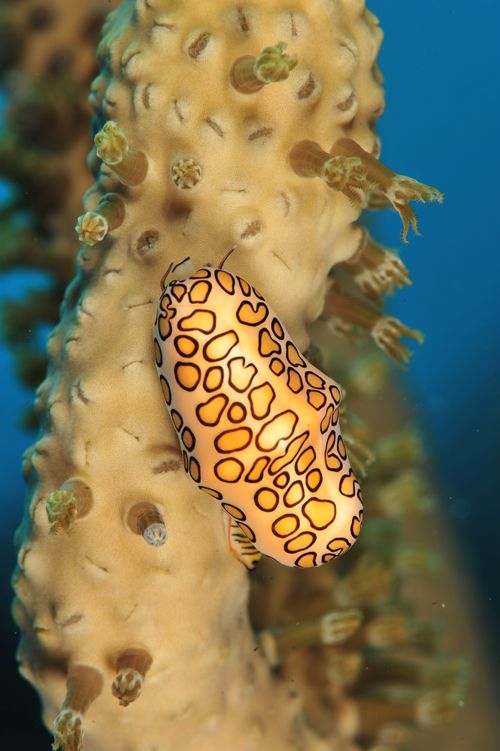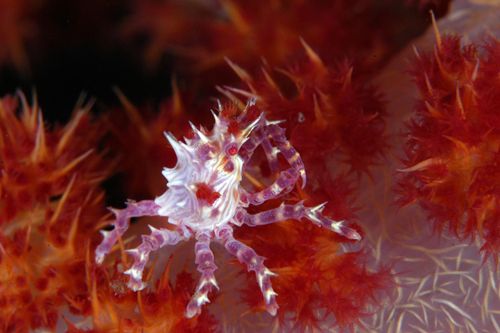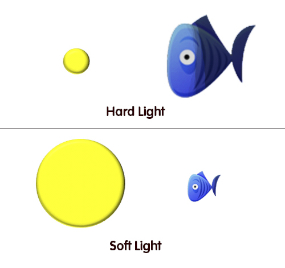Lighting Guide To Underwater Macro Photography
For macro photography, strobes are the sole source of light. With longer focal lengths and shooting with small apertures (higher f/stops), very little, if any, ambient light gets to the sensor. The use of one or more strobes is what lights the subject. For more information on strobes and how they work, visit the Underwater Lighting Guide.
As mentioned, one strobe can be enough to properly expose a macro shot, assuming the subject is small enough and you are close enough. However, properly exposed does not always mean the lighting is pleasing. Often times one strobe results in harsh shadows and flat images. This can be remedied by the addition of a second strobe acting as fill light. Additionally, using two strobes allows for more creative options. Hence, dual strobes are highly recommended for anyone who is looking to seriously improve their underwater photography (macro or otherwise).
When using two strobes "standard" lighting is sort of analogous with the "10 and 2" hand placement on the steering wheel," says Keri Wilk, a multiple award winning macro photographer. "Standard" is when both strobes are pointed toward the subject, from slightly above the left and right of the port. This lighting can give very well lit reliable images and is a good place to start. However, as Keri warns, "the results can be as standard as the technique itself."

Another way to light images is with side lighting or top lighting. Keri says that "side-lighting brings out textures in a subject. Place the primary strobe beside (or slightly behind) the subject, and if you've got a second strobe, you can use it to lightly fill in the subject from the front, to give it some color. Make sure the side strobe is set to a higher power setting, so the texture will still pop out. This method can instantly change a drab looking subject into a work of art."

"Top lighting can give many macro images a very dramatic look. Placing a single strobe directly over top of the subject, and very close to it, can give a spotlight effect if done properly."

It's important to realize that each subject can be lit in many different ways, and often times the creativity of the shot is in the creativity of the lighting. A great example of this is backlighting. "Back-lighting is useful to give subjects a sharp outline," says Keri. "Point the strobe almost straight toward the camera lens, but block it with the macro subject to achieve this effect. An optional second strobe can again be used as a light fill to give the subject some colour." Obviously, this is not always the right lighting technique as it creates a silhouette. Additionally, as Keri warns" subjects will usually need to be very calm or immobile to use this technique."

RELATED CONTENT
Featured Photographer






 Antarctica
Antarctica




